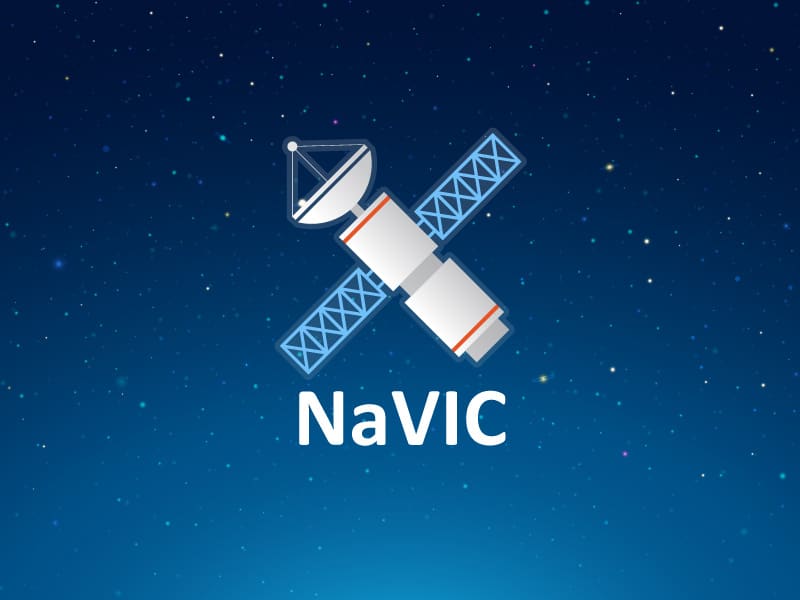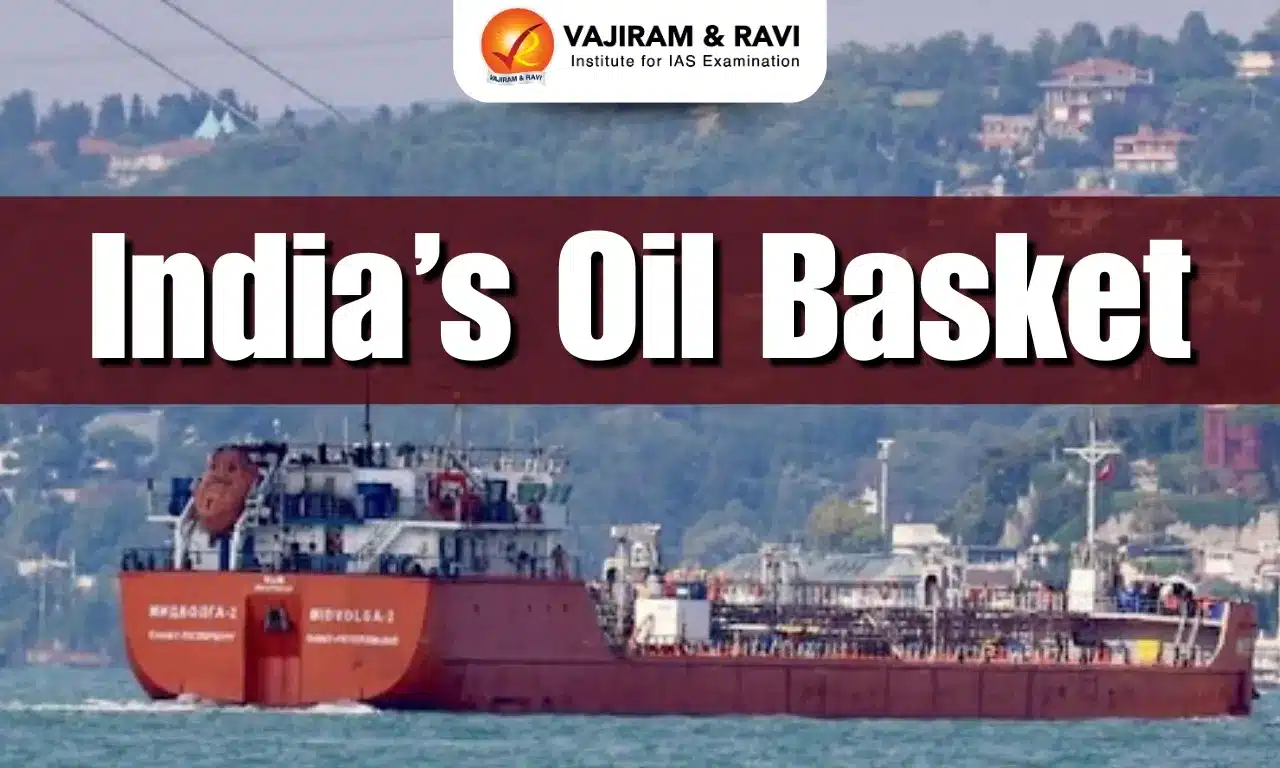What’s in today’s article?
- Why in News?
- NAVigation with the Indian Constellation (NavIC) – about, features, comparison
- News Summary
Why in News?
- With an aim to promote the civilian use of NAVigation with the Indian Constellation (NavIC), ISRO is introducing the L1 frequency in all its future satellites.
- This was highlighted by the Union Minister of State for the Department of Space Jitendra Singh in a written reply in Parliament.
What is NavIC (NAVigation with the Indian Constellation)?
Image Caption: About NavIC
- NavIC, also known as Indian Regional Navigation Satellite System (IRNSS), is an independent stand-alone navigation satellite system developed by ISRO.
- Originally approved in 2006, NavIC was expected to be completed by late 2011, but only became operational in 2018.
- India is promoting the use of NavIC to remove dependence on foreign satellite systems for navigation service requirements, particularly for strategic sectors.
- Relying on systems like GPS and GLONASS may not always be reliable as those are operated by the defence agencies of respective nations.
- Hence, it is possible that civilian services can be degraded or denied.
What are features of NavIC?
Number of satellites in NavIC
- NavIC consists of seven active satellites and covers the whole of India’s landmass and up to 1,500 km (930 miles) from its boundaries.
- Three satellites are in geostationary orbit and the remaining four satellites are in geosynchronous orbit.
- A geosynchronous orbit is a high Earth orbit that allows satellites to match Earth’s rotation.
- Located at 35,786 kilometers) above Earth’s equator, this position is a valuable spot for monitoring weather, communications (including television) and surveillance.
- The geostationary orbit is a special case of the geosynchronous orbit.
Types of services
- It will provide two types of services:
- Standard Positioning Service (SPS): to all the users.
- Restricted Service (RS): It is an encrypted service provided only to the authorized users.
Other features
- NavIC signals are designed to provide user position accuracy better than 20m and timing accuracy better than 50ns.
Usage of NavIC system has increased
- NavIC finds utilization in national projects like public vehicle safety, power grid synchronization, real-time train information system and fishermen safety.
- Other upcoming initiatives include:
- common alert protocol-based emergency warning, time dissemination, geodetic network (used for terrestrial surveying) and unmanned aerial vehicles.
- Other than that, many mobile phones available in the country already use chipsets capable of receiving NavIC signals.
NavIC comparison with other navigation satellites
- NavIC SPS signals are interoperable with the other global navigation satellite system signals namely GPS, Glonass, Galileo, and BeiDou.
- However, there is difference in the serviceable area covered by these systems.
- Eg., GPS caters to users across the globe and its satellites circle the earth twice a day, while NavIC is currently for use in India and adjacent areas.
- India’s 2021 satellite navigation draft policy stated the government will work towards expanding the coverage from regional to global to ensure availability of NavIC signal in any part of the world.
- With a fully operational constellation and ground stations outside of India, the system is likely to become more accurate than GPS.
- ISRO plans to set up ground stations in Japan and France to better triangulate the entire area under NavIC coverage.
News Summary
- With an aim to promote the civilian use of NavIC, ISRO is introducing the L1 frequency in all its future satellites.
- The L1 frequency is one of the most commonly used frequencies in the Global Positioning System (GPS).
- There are three civilian GPS frequencies: L1 at 1575.42 MHz, L2 at 1227.60 MHz, and L5 at 1176.45 MHz.
- The L1 frequency will increase the use of the regional navigation system in wearable devices, security systems and personal trackers that use low-power, single-frequency chips.
Key highlights:
- The seven satellites in the NavIC constellation so far use two frequencies for providing positioning data — L5 and S band.
- The new satellites NVS-01 onwards will also have L1 frequency
- The NVS-01 satellite is set to replace one of ISRO’s seven navigational satellites currently in space.
Q1) What are navigation satellites used for?
Applications of navigation satellites include terrestrial, aerial and marine Navigation, Disaster Management, Vehicle tracking and fleet management, Precise Timing, Mapping and Geodetic data capture, Visual and voice navigation for drivers etc.
Q2) What is GPS?
The Global Positioning System (GPS) is a U.S.-owned utility that provides users with positioning, navigation, and timing (PNT) services. This system consists of three segments: the space segment, the control segment, and the user segment.
Last updated on December, 2025
→ Check out the latest UPSC Syllabus 2026 here.
→ Join Vajiram & Ravi’s Interview Guidance Programme for expert help to crack your final UPSC stage.
→ UPSC Mains Result 2025 is now out.
→ UPSC Notification 2026 is scheduled to be released on January 14, 2026.
→ UPSC Calendar 2026 is released on 15th May, 2025.
→ UPSC Prelims 2026 will be conducted on 24th May, 2026 & UPSC Mains 2026 will be conducted on 21st August 2026.
→ The UPSC Selection Process is of 3 stages-Prelims, Mains and Interview.
→ UPSC Result 2024 is released with latest UPSC Marksheet 2024. Check Now!
→ UPSC Toppers List 2024 is released now. Shakti Dubey is UPSC AIR 1 2024 Topper.
→ Also check Best IAS Coaching in Delhi

















